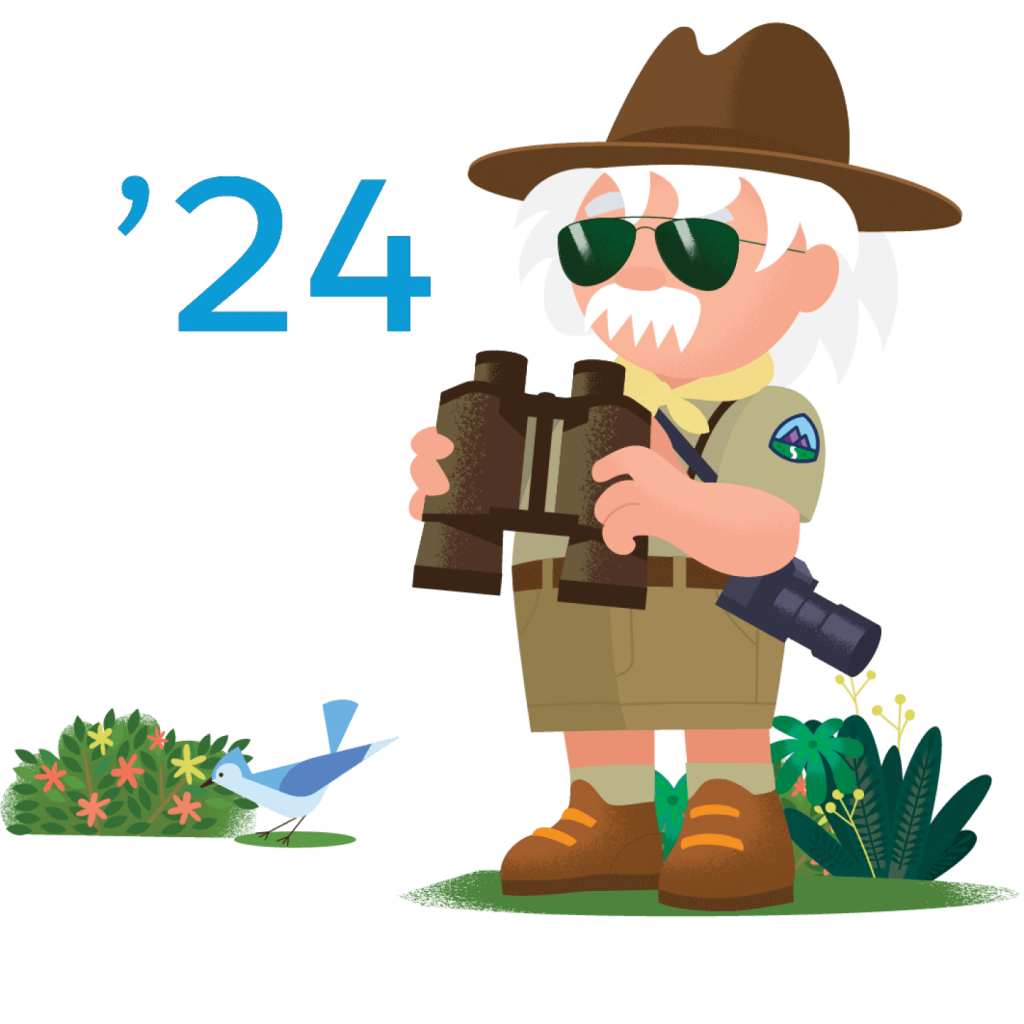
Post updated Aug 7, 2018 to provide further clarification around the Auto-Transition Program and those impacted.
Based on a recent announcement in the Partner Community, Salesforce will soon start transitioning some smaller customer organizations to Lighting based on a new Auto-Transition program. While this change should have minimal impact on partners, we see this as an opportunity for app developers and org owners alike to review and evaluate if they are lightning ready.
To understand what this means for Org owners who are selected and for app developers who may be impacted, I talked with our Director of Technology, Barton Ledford.
“In the early Spring of 2015, Lightning-first app development officially began between CodeScience and a handful of select ground-breaking partners. Since then, the snowball has continued to gain momentum with partners now being contractually obligated to be Lightning Ready before listing on the AppExchange. With the Summer ’18 release, the list of features that remain unavailable in Lightning Experience has dwindled significantly. This announcement should be considered the end of the road for Classic-only apps.” – Barton Ledford
For App Developers
If you’re an app developer, this announcement probably comes as no surprise. While there may be no impact to your app right now, getting ahead and ready for Lightning can solve many future issues.
Here are some key steps to consider:
- Evaluate your app — understand if your app breaks in Lightning Experience. While you should be testing and evaluating your app consistently, we are all guilty of letting things slip through the cracks. There are two key checks to run to see if your app is Lightning compatible — the Lightning Experience Readiness Check and the Visualforce Experience Check (instructions on how to initiate this check will be included after you complete your Lightning Experience Readiness Check).
- Evaluate your customers — see how many fit the profile of those who may be eligible for the auto-transition. Just as important as regularly evaluating and testing your app is evaluating your customers. As you evaluate your customers, you’ll better understand how many fit the profile for those Orgs to be auto-transitioned to Lightning. If you aren’t sure where to start, check out this blog post.
- Communicate with your customers — be proactive. Anytime is the right time to communicate with your customers. Once you know whether or not your app is Lightning compatible, send out a brief communication acknowledging the announcement from Salesforce and let them know that there’s nothing to worry about — or if your app isn’t Lightning Ready, that you have a plan in place. This establishes your credibility and shows that you’re accountable for keeping your applications up to date.
For Org Owners
As an Org owner who has received the notification that you’ve been selected for the auto-transition program, you’re likely to have no problems, but we have a few things for you to keep in mind.
- Don’t panic — You can delay the change and users have the option to switch back. This isn’t a long-term solution, but if there are issues with the apps you’re using or you need more time to train your users you can get back to the classic experience.
- Test your instance and talk with your app providers — Even if you aren’t being selected for the auto-transition program, now is a good time to go ahead and see how your org functions in the Lightning Experience. If you notice any of the apps causing issues, now would be the time to reach out to them and see if they are planning to support Lightning and how soon they’ll be rolling out changes.
If your app isn’t Lightning Ready, here’s what you can do
If your app isn’t yet compatible with Lightning, don’t despair — we have some tips on how to prepare your app for transitioning to Lightning.
Key Points:
- Have a roadmap for leveraging best practices within Lightning Experience — By taking the time to develop a roadmap and envision success, you will not only cut down on revisions, but also shorten your development time. Read this post for help on how to get started.
- Style and design within Lightning Experience — Lightning changed not only the way Salesforce functioned, but also changed its fundamental look and feel. By understanding the Lightning Design System, you’ll be able to better leverage it’s full functionality. Once you understand the Lightning Design System’s patterns and limitations, you can then decide how best to leverage custom components for you app.
- Complete your Lightning Experience Readiness and Visualforce Experience Checks — We mentioned it earlier, but by completing these checks and reading through the Readiness Report that is generated, you’ll have a much better understanding of the modifications you need to make to get your app Lightning Ready.
- If you’re leveraging lightning components in your transition, prepare for the LockerService Compliance Security Scan — Lightning Ready applications have additional scrutiny than the standard security review.
If you are feeling overwhelmed or still aren’t sure of where to start, contact us. As the first PDO to receive PDO Master designation from Salesforce, we have the skills and experience to not only quickly get your app migrated over, but also through the security review process without any issues.



